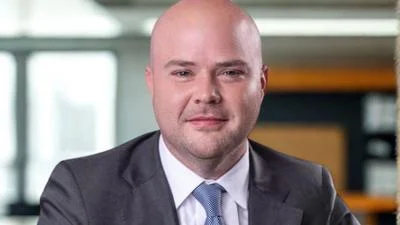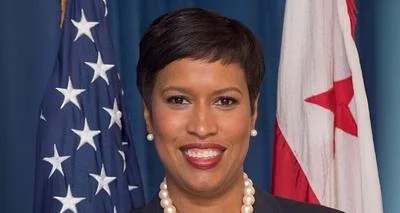Data from the 2014 United Benefit Advisors (UBA) Health Plan Survey released Tuesday shows a substantial increase in the use of 4-tier plans that usually cover the highest cost drugs and major increases in corresponding median copays.
“There may be future shifts in these copays since prescription copays and deductibles must track to out-of-pocket maximums under the Patient Protection and Affordable Care Act (ACA),” BAGNALL CEO Mark Bagnall said. “However, general competitive pressure will demand that employees contribute more for the highest tiers.”
The survey found that since 2009, the number of 4-tier plans has grown from 13.6 percent to 32.9 percent of all plans offered, a 141.9 percent increase. Since 2012, tier 4 median copays have grown 25 percent.
“Not only must copays cover the rising costs of these drugs driven by the pharmaceutical industry but they must cover the merging physician commissions given for some specialty drugs,” Johnson & Dugan Insurance Services Corporation Vice President Mike Mulqueeney said.
UBA expects that specialty drug costs will continue to drive the maximum possible copay increases in this tier.
“We’re already seeing some employers using a 6- or even 7-tier drug plan,” D&S Agency Employee Benefit Adviser Carol Taylor said. “When you have an employee taking a drug that costs $30,000 a month, a $100 copay is not sustainable. Eventually, we’ll reach a point where the insurers won’t be able to recoup the cost of prescription drug cost increases.”









 Alerts Sign-up
Alerts Sign-up